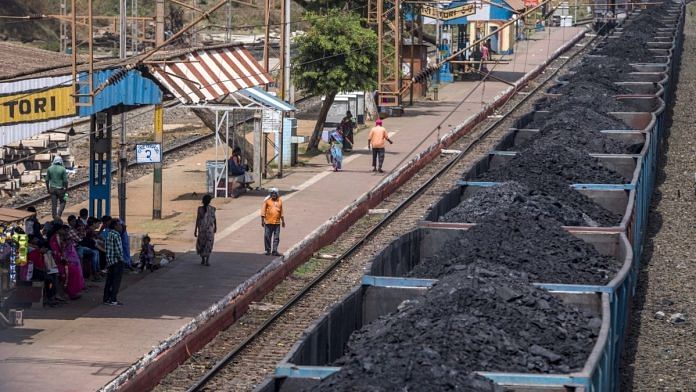New Delhi: Trade unions at Coal India Ltd., the world’s largest miner of the fuel, have demanded a 50% increase in workers’ wages, potentially pushing up costs of the fuel that helps produce more than two-thirds of India’s electricity.
The demand is backed by expectations for rising profits in coming years amid a reduction in staffing and plans to increase production, said D.D. Ramanandan, secretary at the Centre of Indian Trade Unions, one of the associations active in Coal India. The unions had their first meeting with management last month to discuss the matter and more meetings will be held before they reach a decision, he said in a phone interview.
A 50% wage boost would be a dramatic increase for Coal India, which revises salaries of non-executive staff every five years. Previous negotiations have typically led to 20% to 25% increases. Coal India declined to comment on the demand, saying the talks are still at a nascent stage and it’s looking for a “win-win situation for both sides.”
The unions’ position may be a bargaining tactic. But any hefty wage increase would resonate across India’s energy sector and its broader economy. To offset the impending rise in expenses, the state-run miner is considering increasing prices of coal it sells in long-term contracts, which will drive costs through an economy already battling high inflation.
Cheaper Options
Soaring international prices of the fuel give Coal India greater room to increase its own prices. But costlier coal could spur the nation’s clean energy transition by prompting some consumers to look for cheaper, cleaner options. India, the third-biggest emitter of greenhouse gases, is under pressure to adopt more ambitious climate action.
It’s now cheaper to build utility-scale solar capacity in India than to run most of its existing coal and gas power stations, according to BloombergNEF. An increase in coal prices will tilt the balance further in favor of clean energy.
“We have good reasons to ask for a 50% increase,” said Ramanandan. “Coal India’s production is rising and the employee numbers are reducing every year, which means more profits for the company. There should be no problem with workers getting a small share of that profit.”
King Coal
The Kolkata-based miner is among the largest corporate employers in the country, with around 256,000 workers on its rolls as of July 1. The company expects that number to drop 5% annually for the next five-to-10 years as workers retire. The company spent 387 billion rupees ($5.2 billion) on employees in the last fiscal year, about 43% of its revenue.
The company has set a target to produce 1 billion tons of coal by the year ending March 2024, a 68% jump over the last fiscal year’s output. It expects coal demand to keep rising as the nation’s economic expansion brings greater electricity needs than clean energy alone can meet, despite a record addition in renewables.
Coal India is investing billions of dollars to expand production and mechanize transportation of coal, raising hopes of higher profits in the coming years. Yet the future of the commodity remains grim due to concerns over heating of the planet, and Coal India’s profits have declined in four out of the five past fiscal years and margins have narrowed. The miner has ventured into solar energy, with Chairman Pramod Agrawal warning the company can’t survive merely as a coal miner for long.
Given these circumstances, “there’s no way” Coal India can accept the unions’ curre demands, said Rupesh Sankhe, vice president at Elara Capital India Pvt. in Mumbai. “Meeting this demand will mean a large part of Coal India’s profits will be wiped out.”
Also read: India can save almost Rs 9,000 cr a year by shutting old thermal power plants, study says



